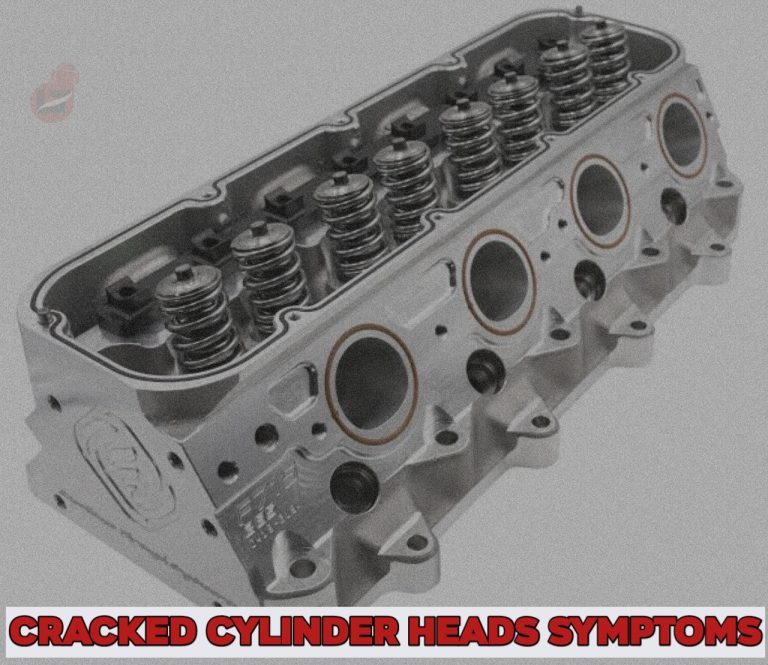The cylinder head covers the cylinder inside the engine and houses the valves, which help in combustion and exhaustion.
A Cracked Cylinder Head is a critical issue that needs immediate attention before it causes damage to other parts of the engine.
Most of the time, a blown gasket head can be confused with a cracked cylinder head since they have the same symptoms, and the gasket is located between the engine block and the cylinder head.
All engines are equipped with one or more cylinder heads, which ensure gasoline mixtures enter the machine while also aiding their exit from the exhaust.
However, if any of your cylinder head cracks, you’ll notice oil leakage, low oil mileage, an overheating engine, and excessive white smoke from the exhaust.
Let’s expand on the symptoms associated with a Cracked Cylinder Head without wasting much time.
Symptoms of a Cracked Cylinder Head
While some of the below can be associated with a blown gasket head, do well to take your car to a mechanic to test if the symptoms are really from the cylinder head cracks.
1. The Check Engine light will turn on
The check engine light is the first thing that notifies you of a possible crack in the cylinder head.
Due to overheating of the engine or oil-mixing coolants, your PCM will store several codes on your dashboard.
2. Engine Overheating
A Cracked Cylinder Head will cause unburnt fuel mixtures to leak into the combustion chamber, causing the engine to overheat due to insufficient air/fuel mixtures reaching its end.
3. Excessive White Smoke
The cylinder heads have Chambers that accommodate fuel mixtures and one for coolants; if there happens to be a Crack and the coolants get into the fuel combustion chamber, there’ll be excess white smoke output.
A sweet smell on the exhaust tail is another sign of a coolant and gasoline mixture.
4. Engine Misfiring and Idling
Due to the leakage from the Cracked Cylinder, the engine will be deprived of the correct air/fuel ratio, resulting in stalling, misfiring, or rough idling.
5. Oil and coolants mixing
A Cracked engine head will result in the oil and coolant mixing, which will rob the engine oil of its lubrication strength, which might lead to engine failure if not noticed on time.
6. Reduced coolant level
It’s normal for the coolant level to drop over time, but when you notice frequent low coolant levels, you must check your cylinder head.
Another notable symptom of a Cracked Cylinder is the presence of combustion gases in the cooling system. This will cause bubbles on the coolants and keep the cooling system at high pressure.
Causes of Cylinder Head Cracks
Cylinder heads are built to last and withstand high temperatures. However, cylinders found on some vehicles are prone to cracks due to design flaws.
An overheating engine then sponsors the crack, so I advise car owners to always check their oil and coolant levels to ensure the engine runs at a stable temperature.
Summary
A Cracked cylinder head can result in severe engine damage if not addressed on time.
Once you notice a Crack in your cylinder head, you should go for a new one rather than fixing the crack.
For maximum results, you can port your cylinder head to the 706, 799, or 317 heads.
Also, once your check engine light comes on and it’s related to a Cracked Cylinder, you can seek professional assistance from a mechanic.
As an Amazon Service LLC Program Associate, V. Auto Basics earns from qualifying purchases. See Our Affiliate disclaimer.
